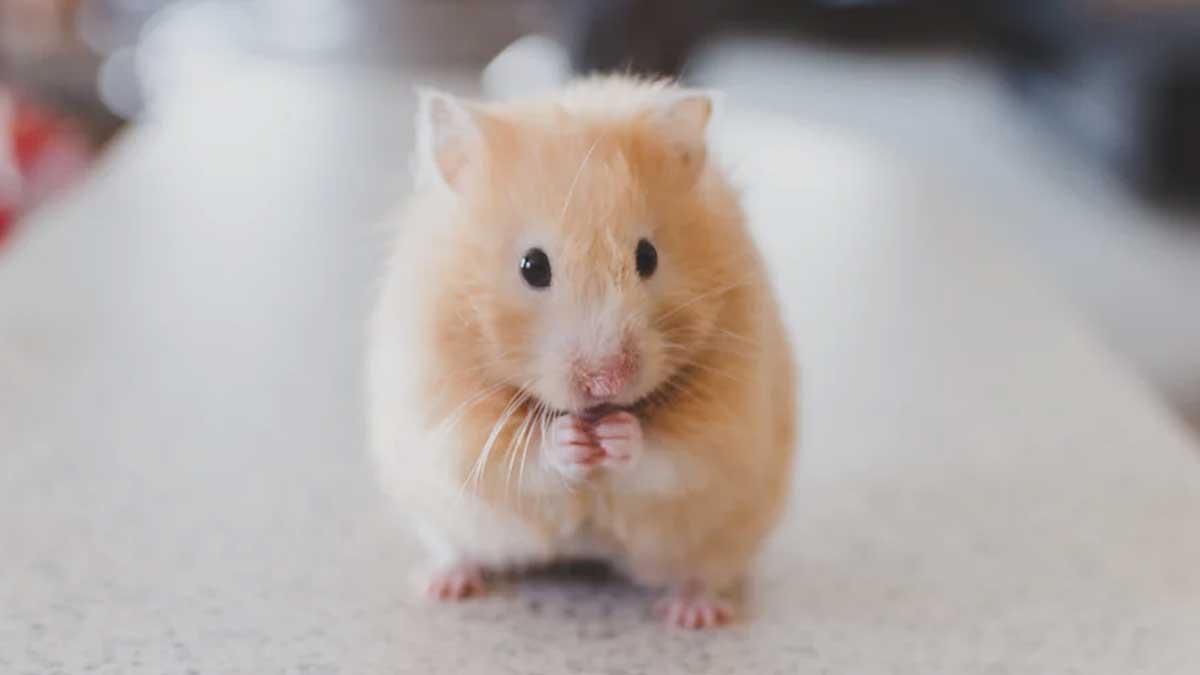CoronaVirus Poses a Threat to Animal species, including Cows and Goats
Sivaranjani Soundararaj (Author) Published Date : Aug 28, 2020 22:45 ISTWorld News
Claiming that Bats are the original cause for the development of novel SARS CoV-2, scientists from various parts reveal that the contagion shows infection in more than 400 species.
The recent study published in the journal Proceedings of the National Academy of Sciences of the United States of America (PNAS), has cleared the doubts regarding the possibility of animals getting infected to the pandemic contagion SARS CoV-2.
Davis and the team, University of California analysed ACE2 protein of almost 400 primates as they are considered the entry point or receptors of the novel CoronaVirus.
The study team used genomic analysis to evaluate the extent of ACE2 receptors level in admitting the virus inside the body of 410 different species, including mammals, birds, reptiles, amphibians, and vertebrates.
Animals with all 25 amino acid residues matching the human protein are predicted to be at the highest risk for contracting SARS-CoV-2 via ACE2, says lead author Joana and Davis, University of California.
To minimize the Nature of further risks due to epidemics in future, the virologists and microbiologists categorized the animal species based on their CoVid risks from very high to low. Western lowland gorilla, the Sumatran orangutan, and the northern white-cheeked gibbon show very high risk of acquiring the virus via ACE2.
The list of high-risk animals are Chinese hamsters, dolphins, gray whales while homebound animals like cats, cows and goats show medium risk followed by horses, pigs and dogs with low risk of getting infection.
The researchers also warned that the study results are just a foundation for future reference, and the confirmations will be suited only if done with additional experimental data with predictions.
The study published in Nature by the virologists of UNC-Chapel Hill's Gillings School of Global Public Health, explains the mouse-adapted SARS-CoV-2 model has responded to medical counteractions and are used in the development of Vaccines rapidly to eradicate the long-lasting pandemic contagion.
According to author Kenneth's statement, the study has been made in collaboration with the National Institutes of Health and Moderna for testing human vaccine candidates and the result proved possible protection from the infection of mice.




